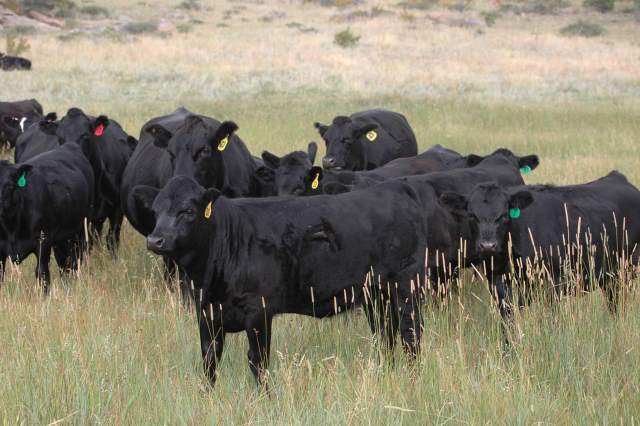Want to read about something other than COVID-19? This blog is for you.

The U.S. celebrated Earth Day. The 50th anniversary, no less. I suspect many of you, like me, didn’t do anything out of the ordinary, going about our daily lives as best we could.
But the popular media made a big deal out of it so, if nothing else, Earth Day 50 provided much-needed relief from the all-coronavirus-all-the-time news. Our grandkids are spending a lot more time at our house, doing their virtual schooling under the tutelage of Principal Nana. Their school work was wrapped around the Earth Day theme.
That’s why Earth Day is important to beef producers; it provides a venue to talk about what you do. I saw an internet meme a while back that I wish I would have saved. Paraphrasing, it went something like: Pollution levels are down. Fewer cars on the road. Fewer airplanes in the air. Same number of cows.
READ: Beaver power provides year-long water for Idaho ranch
If ever there was an elevator speech, that’s it. If you want more, there’s plenty of information out there. Elanco has a podcast in celebration of Earth Day that’s worth a listen. NCBA has been working on the producer-environment interface for years. And a broad coalition of ag groups including NCBA launched Farmers for a Sustainable Future (FSF). The coalition is aimed at educating lawmakers and finding solutions to challenges posed by climate change.
According to the Farm Bureau, new analysis of updated data from the U.S. Environmental Protection Agency, combined with USDA data, shows U.S. farmers and ranchers continue to reduce per-unit greenhouse gas emissions. All told, the U.S. agricultural sector accounts for less than 10% of total U.S. emissions. That’s less than the emissions from the transportation, electricity generation and industrial sectors. Globally, agriculture accounts for about 24% of GHG emissions.
Related: Sustainability is worth how much?
The EPA’s U.S. Inventory of Greenhouse Gas Emissions provides a first look at 2018 U.S. emissions data, which is incorporated into a new Market Intel report from the American Farm Bureau Federation. The Market Intel report finds that per-unit methane emissions from livestock have declined since 1990 as livestock producers have increased productivity. During the past 30 years, U.S. milk production has increased 71% while per-unit emissions of milk have declined by almost 25%. Beef production has increased almost 50%, while per-unit emissions have fallen nearly 8%.
Less pollution. More productivity. Same number of cows. That’s a story worth telling.
The opinions of the author are not necessarily those of beefmagazine.com or Farm Progress.
About the Author(s)
You May Also Like


.png?width=300&auto=webp&quality=80&disable=upscale)
